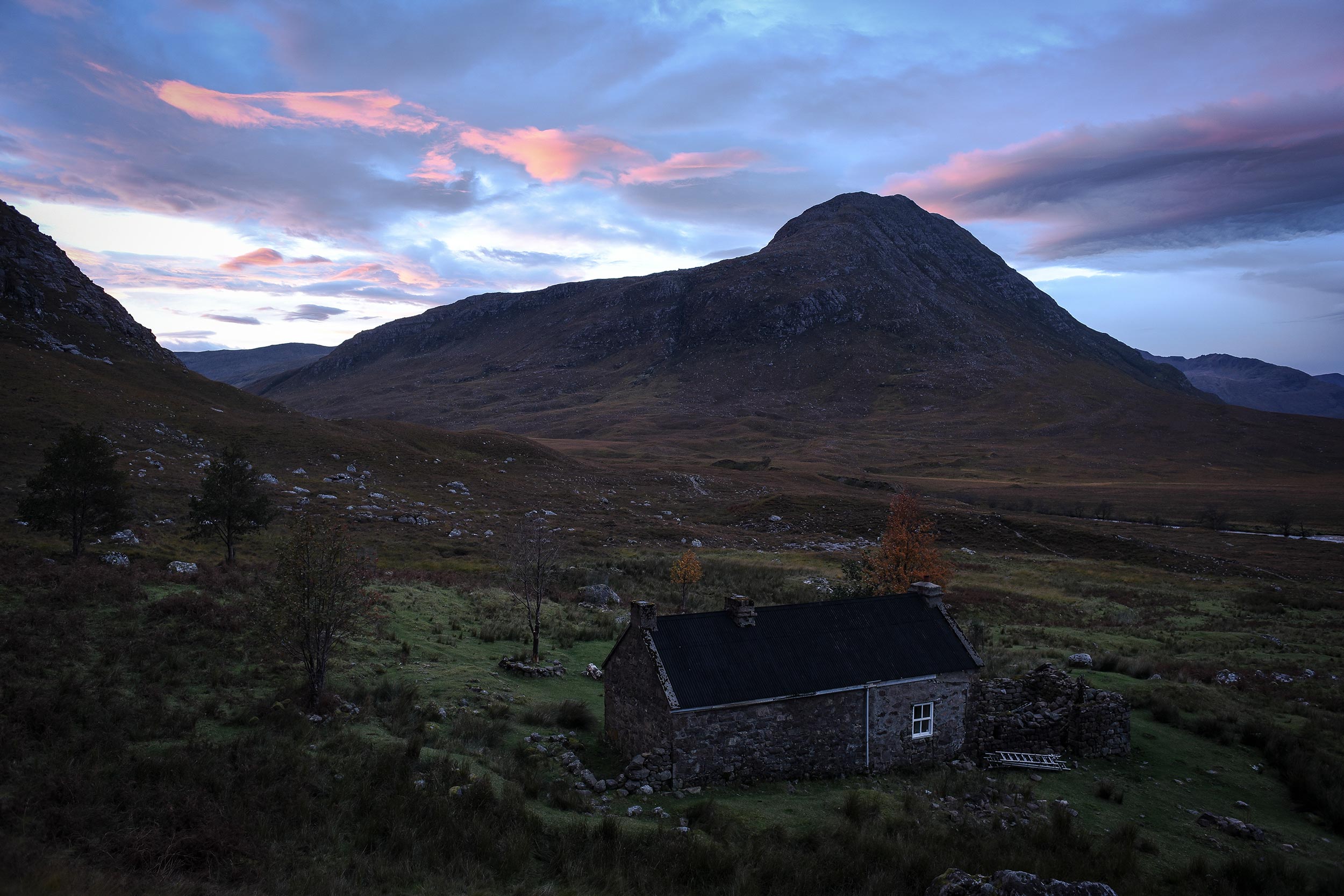Q. Of all that you learned at UVA, what has stayed with you?
A. I had several wonderful professors who really encouraged my creativity in a way that has lingered. [English professor] Mark Edmundson had a profound influence on me, as did William McDonald, one of my German professors. I took a photo class with [photography professor] Bill Wylie and even though I had to withdraw, he let me use the photo lab on my own. I ended up spending a lot of time there and he was so encouraging.
Another of my most influential professors was the late Victor Cabas, who taught a summer course on Shakespeare. He was engaging and encouraging, and became something of a mentor, always pushing me to do better work. He was also just a fascinating person – he built his own home, played blues guitar and never owned a cell phone. I was saddened to learn that he died last year, and I regret that I never took the chance to tell him how much of an impact he had on my outlook – on literature and more broadly on life.
Q. How did you get the idea for the bothies story?
A. I have been on this Surfacing residency for one year, and it is a really cool assignment. We have a lot of independence, and we get to do both the reporting and the photography, which is a little unusual at the Times. Many of my story ideas come from reaching out to people in interesting parts of the world, talking to friends or simply scouring the internet.
This one came from poking around a bookstore in New York City, where I found a fantastic guidebook, “The Scottish Bothy Bible.” I was going on a family vacation to Scotland anyways, so I checked out a few bothies and pitched the story to my editor. Soon after that, I started planning my big trip back to fully report the story.










